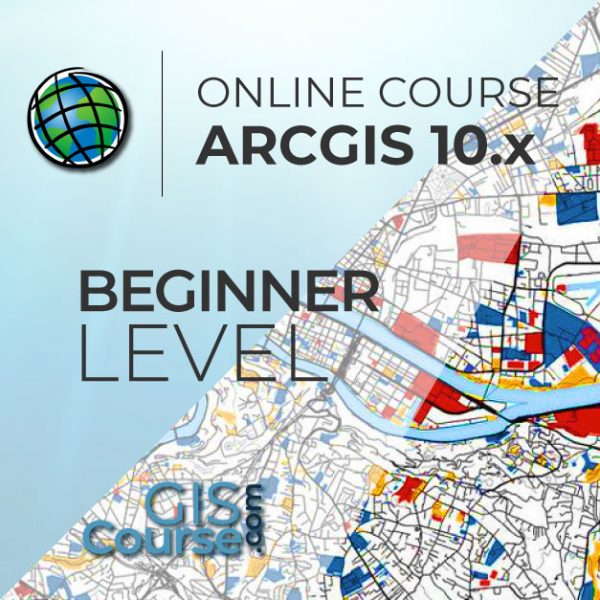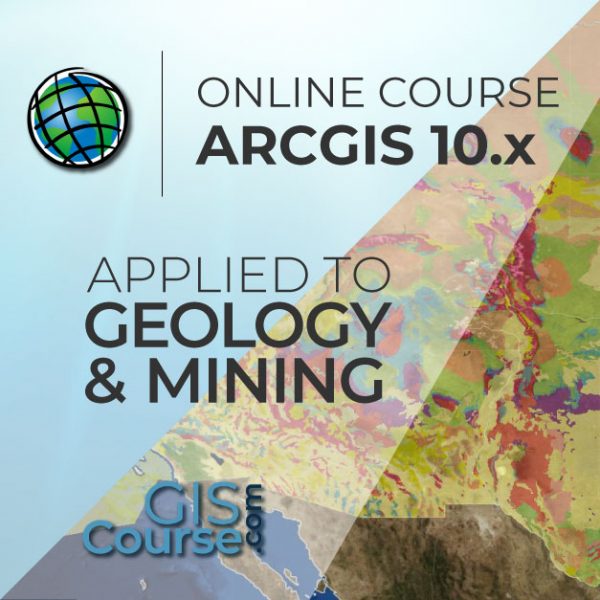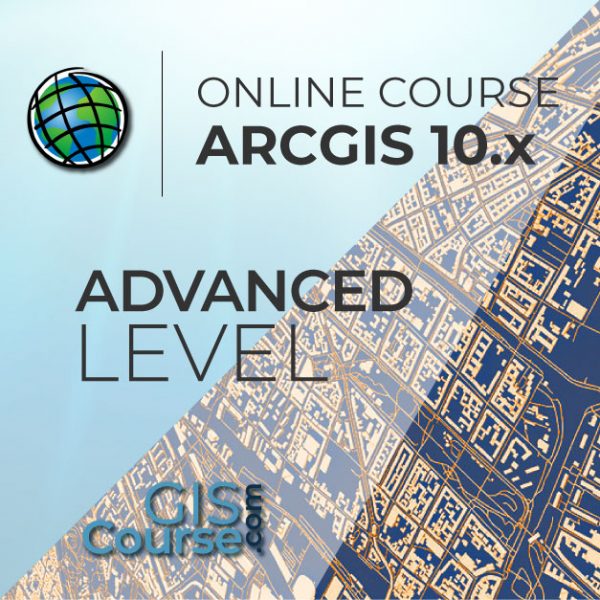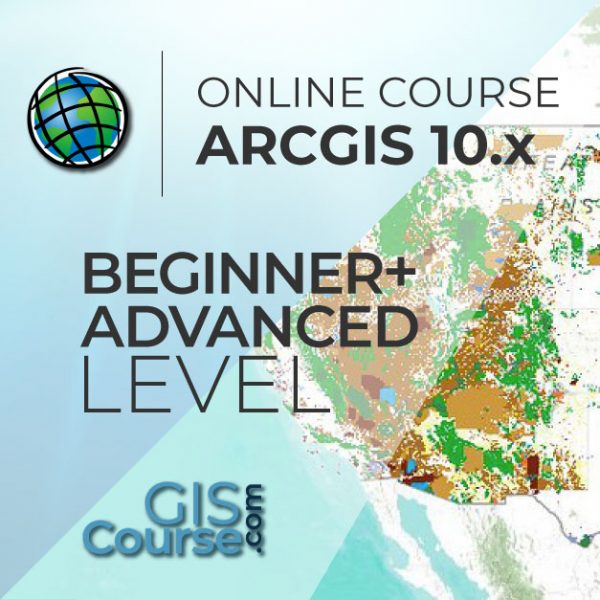QGIS PLUGIN DEVELOPMENT WITH PYTHON
ONLINE TRAINING
START DATE: AVAILABLE SOON (40 hours)
PRICE: 350 € (Standard fee) | 315 € (Student / Unemployed fee)
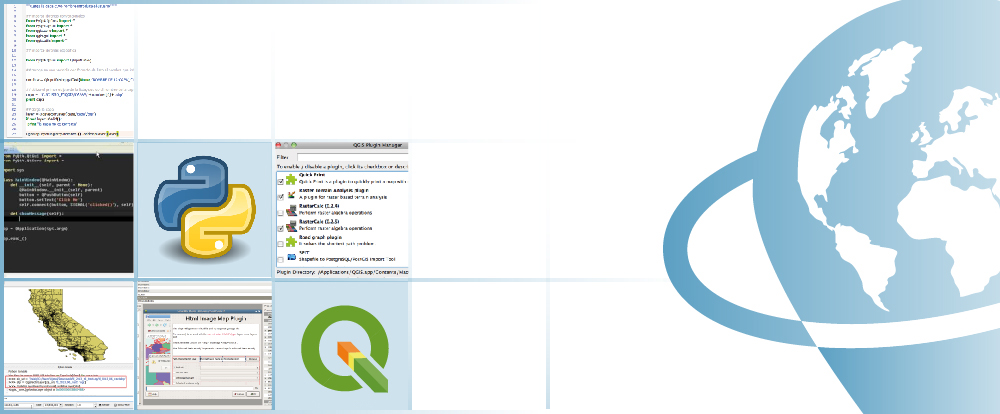
The course will provide training in the use of pyQGIS, with a special focus on the development of QGIS plugins.
The student will learn how to develop a plugin, how to manage the IDE, how to debug Python code. At the end of the course each student will have to develop their own QGIS plugin and learn how to publish it on the official QGIS Plugins Repository.
Enrolled students in this online course will have access to our virtual e-learning platform (which is available 24 hours), where they will find the content of the course, practical exercises, forum discussion and additional content. One of the advantages of this online platform, is that students can benefit of real time support and assistance offered by the instructor (2 hours per week), whom they can contact via direct messages, regarding course related issues, at any moment. They can also contact the instructor via email.
- Learn from scratch about capabilities and functionalities QGIS, pyQGIS and PyQt API offer.
- Demonstrate through practical examples the basic methods and functionalities of PyQGIS and PyQt.
- Find out about the key tools that can be used in the WEB GIS development environment.
- Get help and guidance in the development process of a QGIS plugin and learn how to disseminate the information.
1 - INTRODUCTION TO pyQGIS AND PyQt
- Introduction to QGIS
- Introduction to PyQGIS and PyQt
- PyQGIS modules
- PyQt modules
- Python console
- Python Plugins
2 - LOAD DATA THROUGH pyQGIS
- How to create and load a new project
- Loading vector data
- How vector data is organized
- Loading raster data, refresh/update a raster file, display raster data file
3 - USING VECTOR DATA
- Layer attributes – working with the Attribute Table
- Working with selected features records
- Iterate through layers
- Add/Delete new records to an existing layer
- Access geometry
- Project layers in different projection systems
4 - GEOPROCESSES
- Basic concepts about geoprocesses
- List of geoprocesses and help documentation
- Using Python console to execute geoprocesses
5 - USING CANVAS
- Introduction to Canvas
- Using map tools along with Canvas
6 - MAP RENDERING AND PRINTING
- Simple Rendering
- Simple Composition
7 - DEVELOPMENT ENVIRONMENT
- Configuring a IDE on Windows and start debugging
8 - PLUGIN DEVELOPMENT
- Basic structure of a plugin
9 - Qt DESIGNER USER INTERFACES
- Designing and building graphical user interfaces with Qt Designer
- Connecting events
- Resource files
- Compile GUIs created with Qt Designer
10 - UPLOADING YOUR PLUGIN
- Name and metadata
- Code and help documentation
- Official repository of QGIS Plugins
11 - FINAL PROJECT
- Develop a plugin at choice.
- Chose one from the following plugin development ideas and customize it after your own will:
- Create a graphic interface that takes as input two vectors, perform simple geoprocessing analysis (intersection, union, etc.), the result can be added or not to the canvas.
- Create a plugin that takes data from the canvas and makes a printout, using a previously created template.
A plugin “skeleton” will be provided.

Francisco José Raga López
Why should we learn to use QGIS?
Geographic Informational Systems (GIS) are rapidly spreading and becoming an essential tool in many work fields including, engineering, environment, geography, geology and mining, emerging sciences, geomarketing, etc. From all open source GIS software products, QGIS is the best due to, its large online support community, which always favor up to date status, continuous development of new capabilities, easy integration with other open source packages and improved performance with each release.
Do I need previous QGIS training?
Yes, you require previous knowledge of Geographical Informational Systems and basic skills in programming with Python.
I do not have the software QGIS, what are my options?
QGIS it is a free, open source software that can be downloaded from the official website (http://www.qgis.org/en/site/). It is very simple to get and install it on your computer. However, in each course we have included a help manual that is come in handy if you want to download and install QGIS on your local machine.
Our online courses, are distributed via Moodle, the world’s most popular learning platform. It is a highly flexible Learning Management System that can be used to conduct and access courses, accomplish tasks of practical exercises, interact face-to-face to the teaching staff or benefit of support and resources at any time.
The online platform can be accessed 24 hours a day, in which the student will be able to ask for help at any given moment. The instructors will act as supervisors during all the training process, offering support for any possible difficulty encountered by the students along the course.
The course is structured in different modules, making it easy for the student to search for training material, download information, complete practical exercises and take assessments in order to verify their new gained abilities. The instructors will assist the students throughout all the course period, offering progressive help and information according to their evolution.
350 € (Standard fee) / 315 € (Student / Unemployed fee)*
*To enjoy this discount, you must include a copy of a document that proves your situation along with the registration form.
** If you want to know the price in other currencies, you can consult the following online converter: The Money Converter

Step 1. Request your registration to the training course completing the pre-registration document (Registration Form) and send it via email to training@tycgis.com.

Step 2. As soon as we receive it, we will send you an enrolment guide with the complete information to enroll in the course: dates, schedule, software needed for the course and the installation guide. The payment methods are included in this document.

Step 4. Once we receive the receipt, we will confirm your registration to the course via email.

NATIONAL WIRE TRANSFERS (INSIDE SPAIN):
ACCOUNT NUMBER: 0049 1809 222710347481 (Banco Santander)
BENEFICIARY: TYC GIS Soluciones Integrales SL
SUBJECT: “Student Name” and PLUGIN QGIS COURSE ON
INTERNATIONAL WIRE TRANSFERS:
BANK NAME: Banco Santander
BANK ADDRESS: Glorieta Ruiz Jiménez 1, 28015 Madrid (España).
BENEFICIARY: TYC GIS Soluciones Integrales SL
BENEFICIARY ADDRESS: Calle Fuencarral 158, Entreplanta, Oficina 16-17 28010 Madrid (España).
ACCOUNT NUMBER: ES90 0049 1809 222710347481
SWIFHT: BSCHESMM – IBAN: ES90
If you have payment difficulties, contact us





 (20 votes, average: 4.80 de 5)
(20 votes, average: 4.80 de 5)